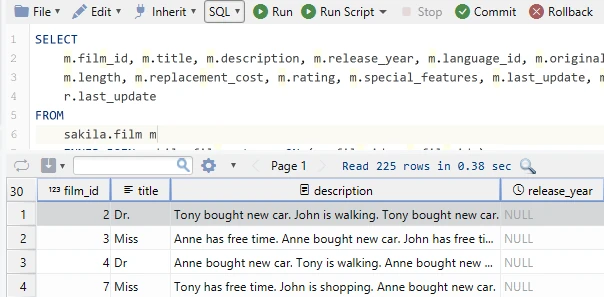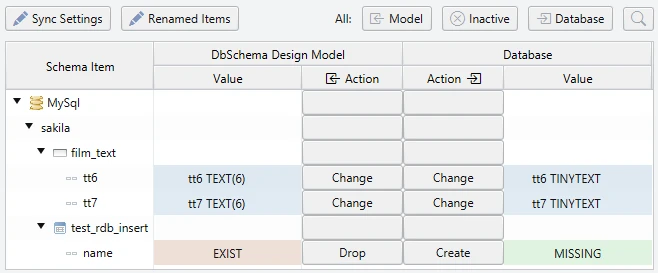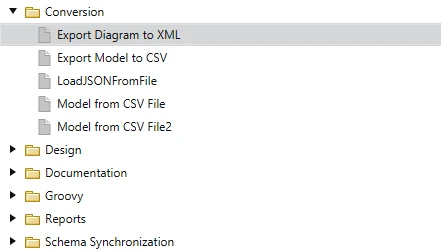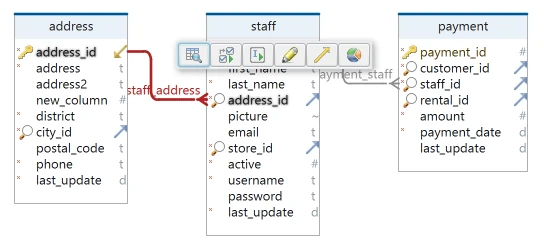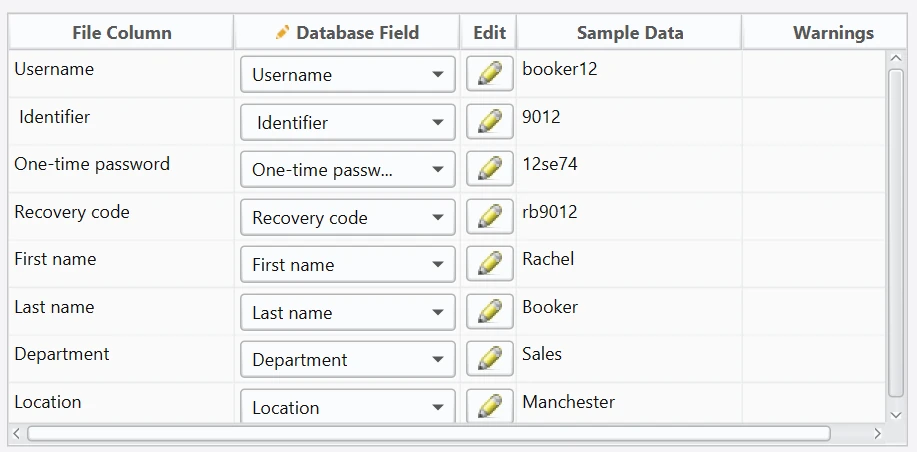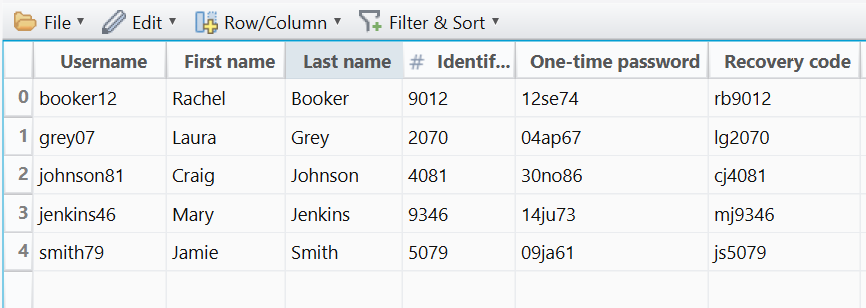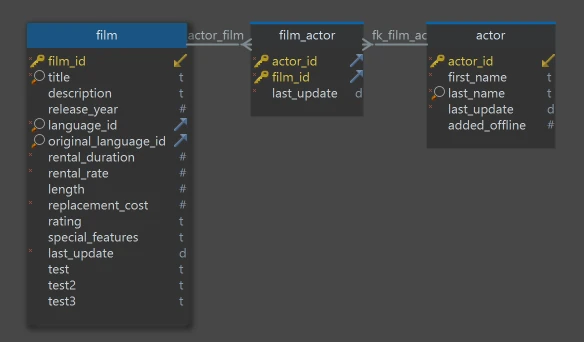DESIGN & MANAGE DATABASES IN THE TEAM
Designing databases collaboratively in a team, using visual diagrams and modern documentation tools, will enhance productivity and improve awareness of the database design.
The DbSchema database designer allows you to interact with multiple databases, even if they are of different types. You'll benefit from a modern UI designed to handle large projects, automation scripts, and complex queries with ease.
FREE DOWNLOAD EDITIONS









